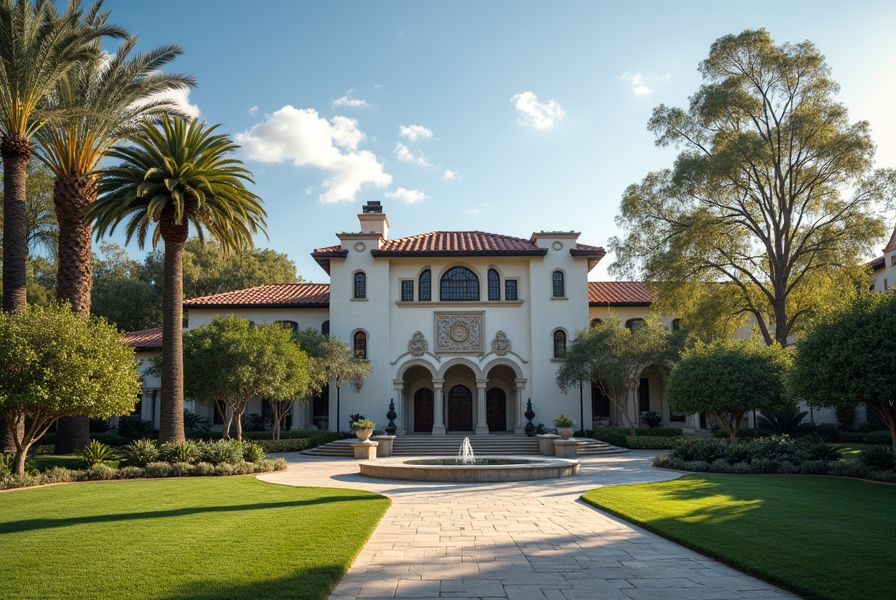The Origin of Minnesota's Twin Cities Explained
If you've ever asked yourself, “Why is Minnesota known as the Twin Cities?” you're not alone. The term "Twin Cities" refers to two major cities in Minnesota—Minneapolis and Saint Paul. They sit side by side along the Mississippi River and represent a central hub for the state's economy, culture, and history. Though they are neighboring cities, each has its own identity, style, and municipal government.
Despite being separate cities, their histories are deeply connected. Understanding why Minneapolis and Saint Paul are called the Twin Cities means taking a closer look at their development, their differences, and how they evolved into one of the most influential metro areas in the Midwest.
What Are the Twin Cities in Minnesota?
The Twin Cities refers to two cities:
- Minneapolis – The larger and more modern city, often known for its vibrant arts scene, corporate headquarters, and lakes.
- Saint Paul – The state capital of Minnesota, known for its historical buildings, government institutions, and classical architecture.
They're called "twins" not because they are identical, but because they are geographically close and have grown together over time. Their urban boundaries touch, but they remain independent with distinctive cultures and strengths.
Why Are They Called Twin Cities?
The nickname dates back to the late 19th century. Both cities developed rapidly during the industrial era. With the Mississippi River connecting them, Minneapolis and Saint Paul became central to trade, transport, and industry in the Upper Midwest.
While they originally competed for prominence, the close proximity led to cooperation and shared infrastructure. Newspapers and city planners started calling them the Twin Cities by the early 20th century. Today, the region is often referred to as the “Minneapolis–Saint Paul metropolitan area.”
A Tale of Two Cities: Minneapolis vs. Saint Paul
Though often grouped together, Minneapolis and Saint Paul differ in many ways. Here's how they compare:
- Minneapolis: Known for its modern skyline, corporate centers, diverse neighborhoods, and urban lakes system. It’s a business and cultural powerhouse.
- Saint Paul: Recognized for its historic character, classic American architecture, colleges, and government offices. It has a slower, more historic pace and feel.
The blend of old and new across both cities offers variety to residents and visitors. Their dual nature is part of what makes the metro area so unique.
Geographic and Economic Connection
Another reason these cities are called twins is due to their shared geography and economic networks. They sit just across the Mississippi River from each other and are closely linked by roads, public transit, and business sectors.
The Twin Cities metro ranks among the largest in the United States. Many major companies have headquarters here, including Target, 3M, and U.S. Bank. Residents commute between the two cities daily for work, school, and entertainment.
Is the Twin Cities Area One City or Two?
Even though they form one combined metro area, Minneapolis and Saint Paul are legally and administratively separate entities. Each has its own:
- City government and mayor
- Public school district
- Police and fire departments
This can create some complexities, particularly when it comes to metro planning or law enforcement. Yet, collaboration efforts between the two cities continue to grow stronger.
Interesting Facts About Minnesota's Twin Cities
Here are some fun and historical facts that highlight the importance of Minnesota's Twin Cities:
- Saint Paul was the original capital of the Minnesota Territory and remains the capital today.
- Minneapolis grew rapidly due to its flour mills powered by St. Anthony Falls—the only waterfall on the Mississippi River.
- Combined, the Twin Cities have a population of over 3.5 million people in the metro area.
- They’ve been co-hosts to major events such as the Super Bowl, NCAA Final Four, and international conferences.
Related Questions People Also Ask
Are the Twin Cities one metropolitan area?
Yes. While Minneapolis and Saint Paul are two separate cities, they are part of the same metropolitan economy and transit system. Most Minnesotans refer to the combined area as the Twin Cities Metro.
How far apart are Minneapolis and Saint Paul?
Downtown Minneapolis and downtown Saint Paul are roughly 10 miles apart. Depending on traffic, it takes about 20 minutes to drive from one downtown to the other.
What makes the Twin Cities unique?
The unique blend of old-world charm in Saint Paul with the modern skyline and innovation of Minneapolis sets the Twin Cities apart. Few urban areas offer this level of cultural, economic, and geographic duality.
Is it better to visit Minneapolis or Saint Paul?
Both cities are worth visiting. Minneapolis offers art museums, nightlife, and major corporations. Saint Paul provides rich history, family-friendly attractions, and government landmarks. Together, they make a stronger whole than either could alone.
Why Understanding the Twin Cities Matters
If you’re thinking of moving to Minnesota, visiting the Midwest, or building a business in the region, knowing what the Twin Cities represent is essential. They're more than just two cities near each other—they reflect Minnesota’s growth, diversity, and opportunity.
Through competition, cooperation, and shared challenges, Minneapolis and Saint Paul have become a shining example of regional unity. Whether you’re riding the light rail from one downtown to another or exploring the state fair, you experience the power of two cities working as one.
Conclusion: A Symbol of Unity in Diversity
The Twin Cities nickname represents more than location—it embodies history, resilience, and connection. Though Minneapolis and Saint Paul began as rivals, their shared hopes built a cooperative legacy that continues today. That’s why Minnesota is called the Twin Cities. It’s a phrase that tells a story of two strong cities forming one vibrant metropolis.
Now that you know the answer to "Why is Minnesota known as the Twin Cities?" you can better appreciate one of America's most dynamic urban partnerships. Whether you're looking for culture, history, or opportunity—it's all here, times two.











.svg)



